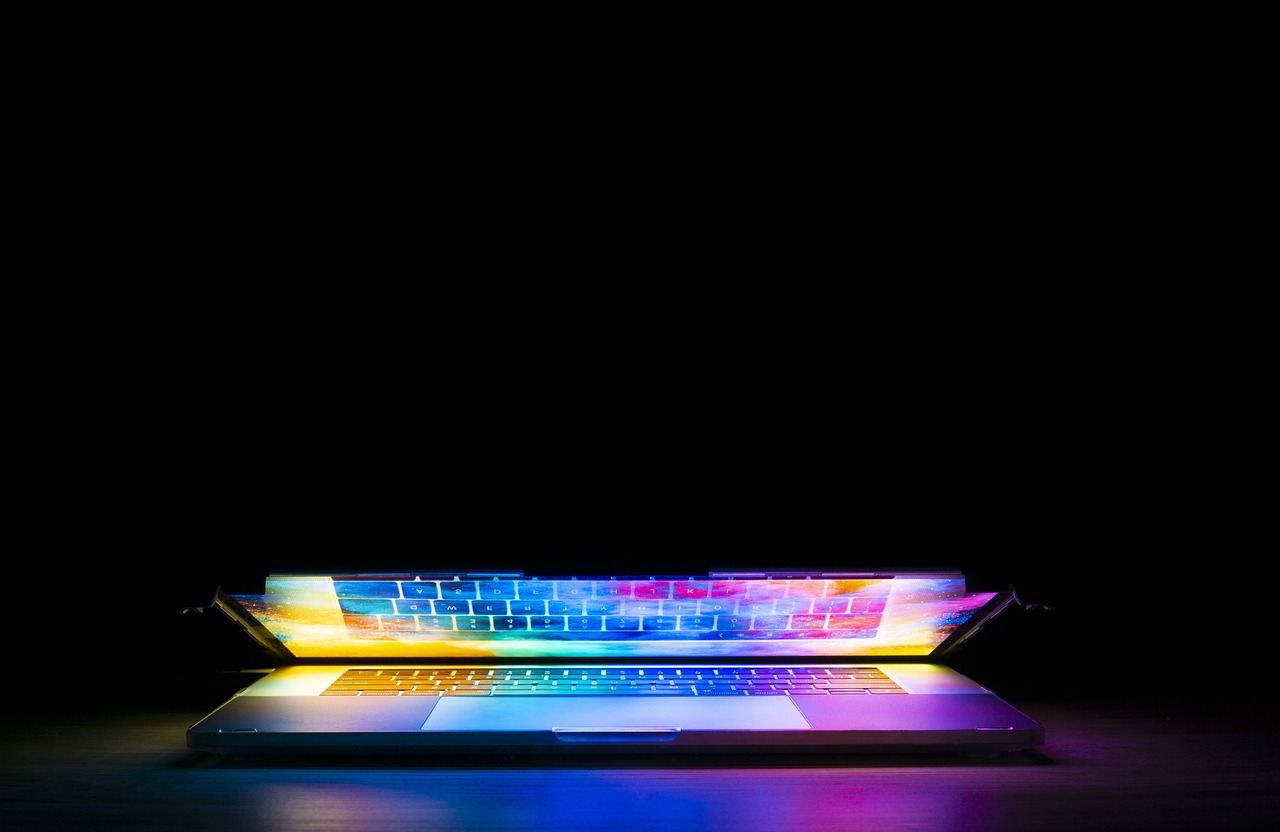The Psychology of Color in Web Design Influencing Behavior
Ever wondered why some websites make you feel at ease while others energize or even irritate you? It all comes down to the subtle art and science of color psychology. Let’s dive into how different hues can influence our behavior and why smart web design goes beyond just looking good.
The Power of Color
Colors aren’t just pretty to look at—they have a profound impact on our emotions and actions. From grabbing attention to guiding decisions, the right palette can transform a website’s effectiveness.
Blue: Trust and Tranquility
Blue is often associated with trust, calmness, and professionalism. It’s no wonder that many banks and tech companies opt for blue in their branding. Websites using blue often feel reliable and stable. Think of Facebook, LinkedIn, or PayPal. When you see blue, your brain gets a signal to relax and feel secure, making you more likely to engage with the content.
Red: Urgency and Excitement
Red is the color of passion, urgency, and excitement. It’s a powerful motivator, stimulating quick decisions and strong emotions. You’ll see red used for call-to-action buttons like “Buy Now” or “Subscribe” because it grabs attention and creates a sense of immediacy. However, too much red can be overwhelming, so it’s best used sparingly.
Green: Growth and Harmony
Green symbolizes nature, growth, and harmony. It’s often used by companies wanting to convey an eco-friendly image or promote health and wellness. Green can also signify prosperity and stability, making it a great choice for financial services. Websites with green elements feel balanced and refreshing, encouraging a sense of peace and reliability.
Yellow: Optimism and Attention
Yellow is the color of sunshine and happiness. It evokes feelings of joy, positivity, and energy. A splash of yellow can draw attention without being as intense as red. It’s great for highlighting key areas or creating a cheerful, inviting atmosphere. However, too much yellow can cause anxiety, so balance is key.
Purple: Luxury and Creativity
Purple combines the calm stability of blue and the fierce energy of red. It’s often associated with luxury, creativity, and wisdom. High-end brands and creative industries frequently use purple to convey sophistication and exclusivity. A touch of purple can make a website feel elegant and cutting-edge.
Black: Sophistication and Power
Black exudes sophistication, power, and elegance. It’s a timeless choice, often used in luxury brands and minimalist designs. Black can make other colors pop, creating a striking visual impact. It’s ideal for making a bold statement and conveying a sense of high quality.
White: Simplicity and Cleanliness
White represents simplicity, cleanliness, and purity. It’s the go-to for creating a minimalist, modern look. White space (or negative space) is crucial in web design as it helps prevent clutter and enhances readability. A predominantly white design feels fresh and uncluttered, allowing other colors to stand out.
Combining Colors for Impact
The magic happens when you combine colors thoughtfully. Complementary colors can create harmony and balance, while contrasting colors can highlight important elements. For example, pairing blue with orange (its complementary color) can create a visually appealing and attention-grabbing design.
Testing and Adapting
Remember, the impact of color can vary based on cultural contexts and personal preferences. What works for one audience might not resonate with another. That’s why testing different color schemes and gathering user feedback is crucial. Tools like A/B testing can help determine which colors best achieve your desired outcome.
Final Thoughts
Color is more than just a visual element—it’s a powerful tool that influences how users perceive and interact with your website. By understanding the psychology of color, you can create designs that not only look good but also drive the desired behavior. So next time you’re working on a web design project, remember to think beyond aesthetics and consider the emotional and psychological impact of your color choices.














Post Comment